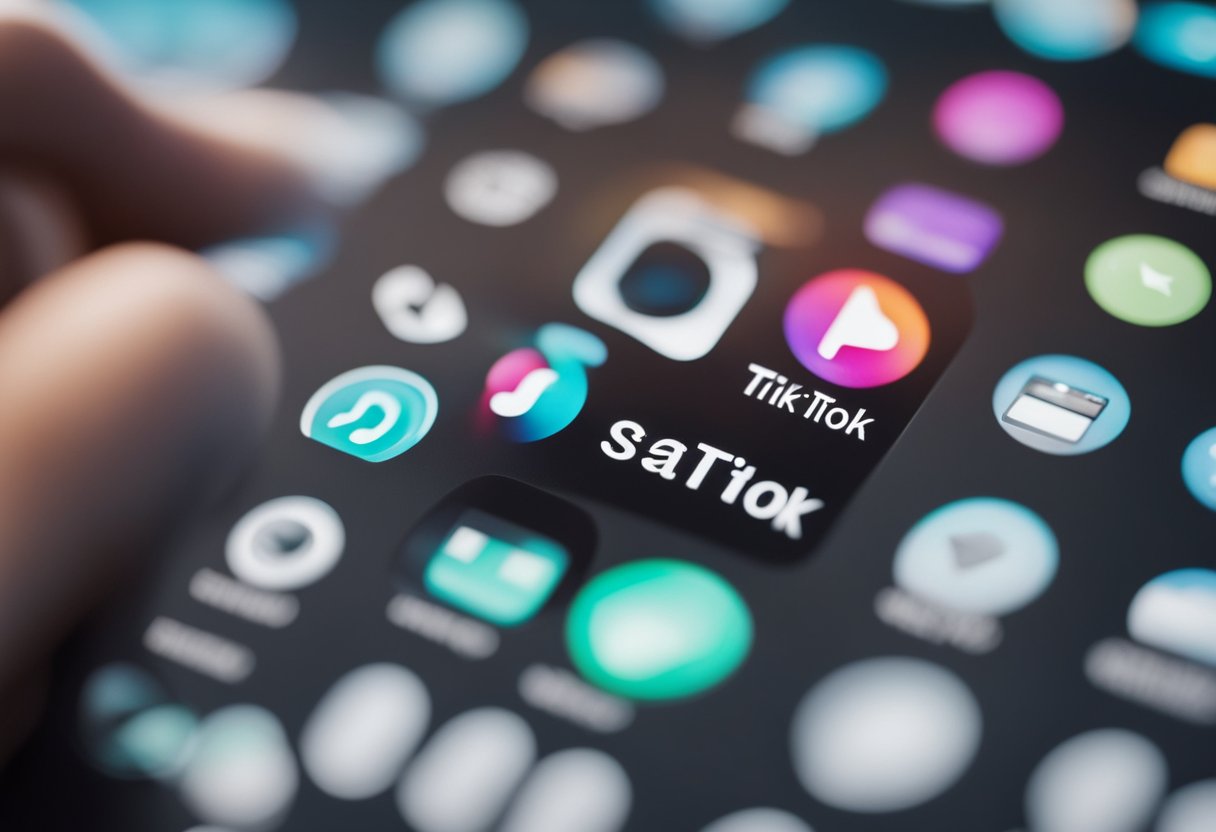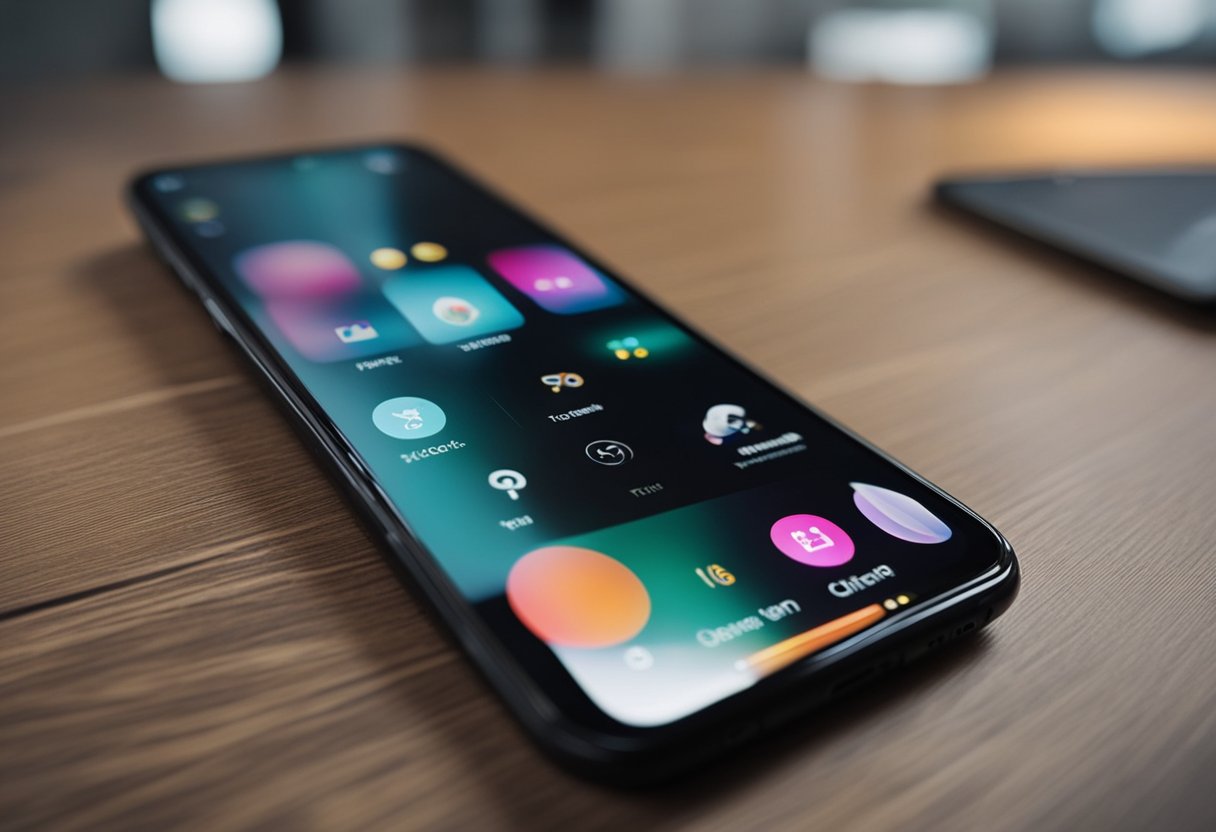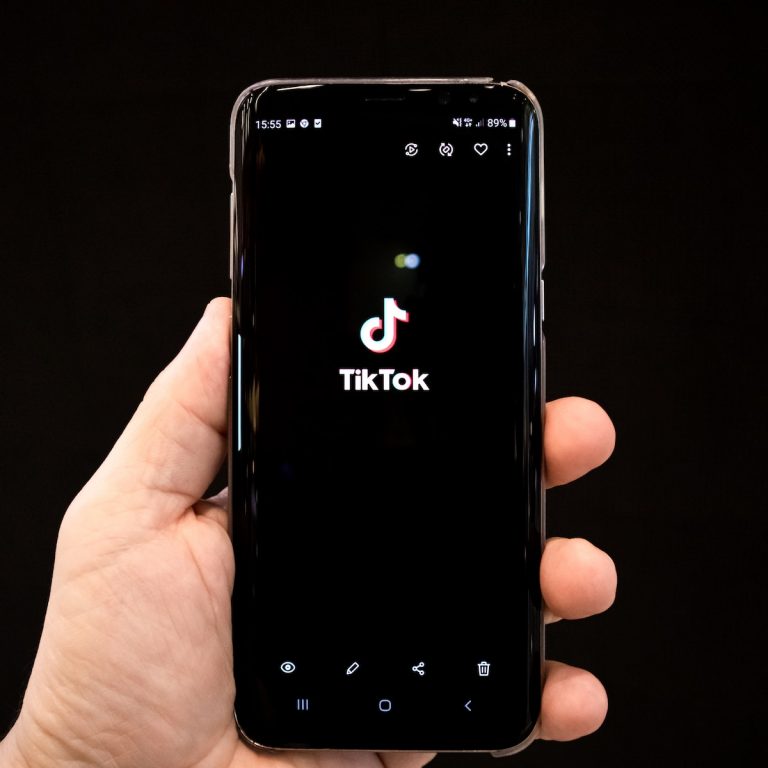TikTok, a flourishing hub of creativity and social interaction, has introduced a feature that lets users know when their friends are active on the platform. This active status is indicated by a green dot on the user’s profile picture, signaling their online presence to fellow TikTokers. While this can facilitate real-time engagement, it also raises privacy concerns for those who prefer to browse the app without broadcasting their activity to others.

In response to user demand for more control over their online visibility, TikTok has provided the option to disable this active status. This function allows users to maintain a degree of privacy while using the app. Turning off active status on TikTok is a simple process that can be done within the app settings, giving users the flexibility to choose when, or if, they want to be seen as active by their community.
Understanding how to manage one’s active status on TikTok is an important aspect of navigating the app’s privacy features. Users who value discretion can easily adjust their settings, enabling them to engage with content and communities on TikTok on their terms. The process, which can be completed in just a few taps, can significantly enhance the user experience for those who wish to keep their social media activity private.
Understanding Active Status on TikTok
Active status on TikTok is a feature that indicates a user’s current state of activity within the app. This guide aims to explain what active status means and discusses its benefits and limitations.
What Is Active Status?
Active status on TikTok is represented by a green dot that appears on a user’s profile picture. It is a visual indicator that shows when a user is currently online or has recently been active on the platform. The green dot can be seen in various places such as the Inbox, message threads, and profile pages of mutual followers.
Benefits and Limitations of Active Status
The benefits of active status include:
- Enhanced Social Interaction: It facilitates real-time social interaction by letting users know who is available to engage
- Convenience: Users can quickly see their friends’ online presence, making it easier to start conversations
On the other hand, the limitations are:
- Privacy Concerns: Some users may prefer to browse TikTok without disclosing their online status
- Misinterpretation: The green dot may remain visible for some time after the user has gone inactive, potentially leading to confusion about their actual presence on the app
Active status is a clear indicator of one’s availability on social media and gives insight into when it’s a good time to reach out to others. However, users have the option to manage their privacy by turning this feature off.
Navigating TikTok Settings
The process to manage one’s online visibility on TikTok involves a few steps within the app’s Settings and Privacy menu. This guide provides the necessary steps to access and adjust privacy settings confidently and clearly.
Accessing the Settings and Privacy Menu
To begin the process, one must locate the profile picture icon on the TikTok app. This icon is typically found in the bottom right-hand corner of the screen. Upon tapping this icon, one should look for three dots or lines representing the ‘Settings and Privacy’ options, located at the top right corner. This will serve as the gateway to further privacy adjustments within the app.
Locating the Privacy Settings Option
After entering the ‘Settings and Privacy’ menu, the next step involves scrolling to find the ‘Privacy’ section. This subsection houses various controls over the user’s account privacy on TikTok, including the pivotal ‘Activity Status’ setting. It is important to navigate through these options carefully to accurately manage one’s desired level of privacy.
Disabling Active Status
Maintaining privacy on social media can be important for users. TikTok offers an Active Status feature that shows when users are online, but individuals have the option to turn this off to maintain a more private profile. This can prevent others from knowing when they are active, including mutual followers.
Steps to Turn Off Active Status
To ensure one’s online presence on TikTok is kept private, the following steps can be followed to turn off the Active Status:
- Open the TikTok app: Start by launching the application on your device
- Navigate to your profile: Tap on your profile picture in the bottom right-hand corner of the screen
- Access settings: In the top right corner of your profile page, tap on the three dots to bring up the account settings menu
- Go to privacy settings: Scroll down to find and select the “Privacy and Safety” option
- Find Active Status: In the Privacy and Safety section, look for the option labeled “Active Status”
- Toggle off: Switch the option for Active Status to the off position. This will hide your online status from other TikTok users, including those you are mutual followers with
By following these instructions, one can easily disable their Active Status on TikTok, enhancing their privacy on the platform.
Implications of Turning Off Active Status

Turning off active status on TikTok significantly alters the way users engage on the platform and adds a layer of control over their privacy and safety.
How It Affects Social Interactions
Disabling the active status affects user interaction by making it less obvious when someone is online and available to respond to messages or interact with content.
- Followers and Friends: They may not know when the user is active, potentially decreasing immediate engagement on the user’s videos
- Interaction Expectations: It can lower the expectancy from followers and friends for an instant reply, easing social pressure on the user
Impact on Privacy and Online Safety
The decision to turn off active status enhances privacy by concealing a user’s presence on the app.
- Viewer Privacy: Users can watch videos without signaling their activity to others
- Online Safety: By going incognito, users can reduce unwanted attention or interactions, contributing to their overall safety on the platform
When a user decides to disable their activity status on TikTok, it is indicative of their regard for privacy and may deter unsolicited messages, maintaining a safer online environment.
Managing Notifications and Online Visibility
In the realm of TikTok, users hold the power to customize how they receive notifications and who can see their active status. This control enhances a user’s privacy and prevents unwanted disturbances while allowing them to manage their online visibility on the platform.
Customizing Notification Settings
Notifications can be adjusted to ensure that a user only receives alerts that are pertinent to their interaction on TikTok. To tailor these settings:
- Launch the TikTok app and tap the ‘Profile’ icon
- Tap the ‘Menu’ icon, then select ‘Settings and Privacy’
- Here, one can adjust notifications for likes, comments, new followers, mentions, and more
Users can choose to be notified about various activities, such as when they are tagged in a video, when their content is shared, or if they need to respond to a direct message.
Controlling Who Sees Your Online Status
TikTok’s active status feature lets others know when a user is online. This feature can be disabled for added privacy:
- Go to ‘Settings and Privacy’ and tap ‘Privacy’
- A toggle allows users to turn off their active status, which hides the green dot on their profile picture
This means one can freely use TikTok without being visible in their followers’ inbox or user list. They can be discoverable on their terms and surf the app without broadcasting their activity.
Additional Privacy Features on TikTok
TikTok provides users with various privacy settings to manage their online presence and interactions with other users. These settings give users control over who can view their content, send them messages, and comment on their posts.
Understanding Profile Privacy Controls
TikTok users can adjust their profile privacy controls to manage the visibility of their content and account information. Users have the option to make their account private, meaning only approved followers can view their videos and liked content. Below are key settings for profile privacy:
- Profile Visibility: Users can toggle between a private or a public account under ‘Settings and Privacy’
- Blocked Accounts: This feature allows users to prevent specific accounts from contacting them or viewing their content
- Allow Others to Find Me: Users can control whether they can be suggested to other users as someone to follow
Exploring Message and Comment Settings
Direct messaging and the commenting feature on TikTok are integral to user interaction. Users can personalize their privacy settings to restrict or allow these engagements according to their preferences:
- Who Can Send You Direct Messages:
- Everyone: Any user can send messages
- Friends: Only mutual followers can send messages
- No One: Direct messaging is disabled
- Who Can Post Comments:
- Everyone: All users can comment on videos
- Friends: Only mutual followers can comment
- Off: Comments are completely disabled
By navigating to the ‘Privacy and Safety’ section in their settings, users can apply these controls to secure their inbox and define who can participate in message threads. These settings contribute to maintaining a user’s privacy on TikTok.
Enhancing TikTok User Experience
TikTok offers various settings that allow users to customize their social media experience, with features such as dark mode and screen time management to optimize usage, along with engagement and audience considerations for a more tailored interaction on the app.
Utilizing Dark Mode and Screen Time Features
Dark Mode: This feature changes the app’s interface to a darker color scheme, which is easier on the eyes, especially in low-light conditions. Users can activate it by going to their profile, tapping the three dots to access ‘Settings and Privacy,’ and then selecting ‘Dark mode’ to switch it on or off according to their preference.
Screen Time Management: TikTok provides a tool to track and limit how long they spend on the app each day. To set this up, one should navigate to ‘Digital Wellbeing’ within the ‘Settings and Privacy’ menu and select ‘Screen Time Management.’ Users can then set daily time limits and manage their digital footprint more effectively.
Engagement and Audience Considerations
Audience: Creators on TikTok should be mindful of their audience’s preferences to maintain engagement. Pertinent content, responding to comments, and timely postings are crucial for keeping the audience interested and involved.
Engagement: To hold the audience’s attention, consistent interaction through likes, shares, and participation in trending challenges is beneficial. Creators may analyze their performance through the app’s analytics feature to understand better what resonates with their viewers and adjust their content strategy accordingly.


0 Comments